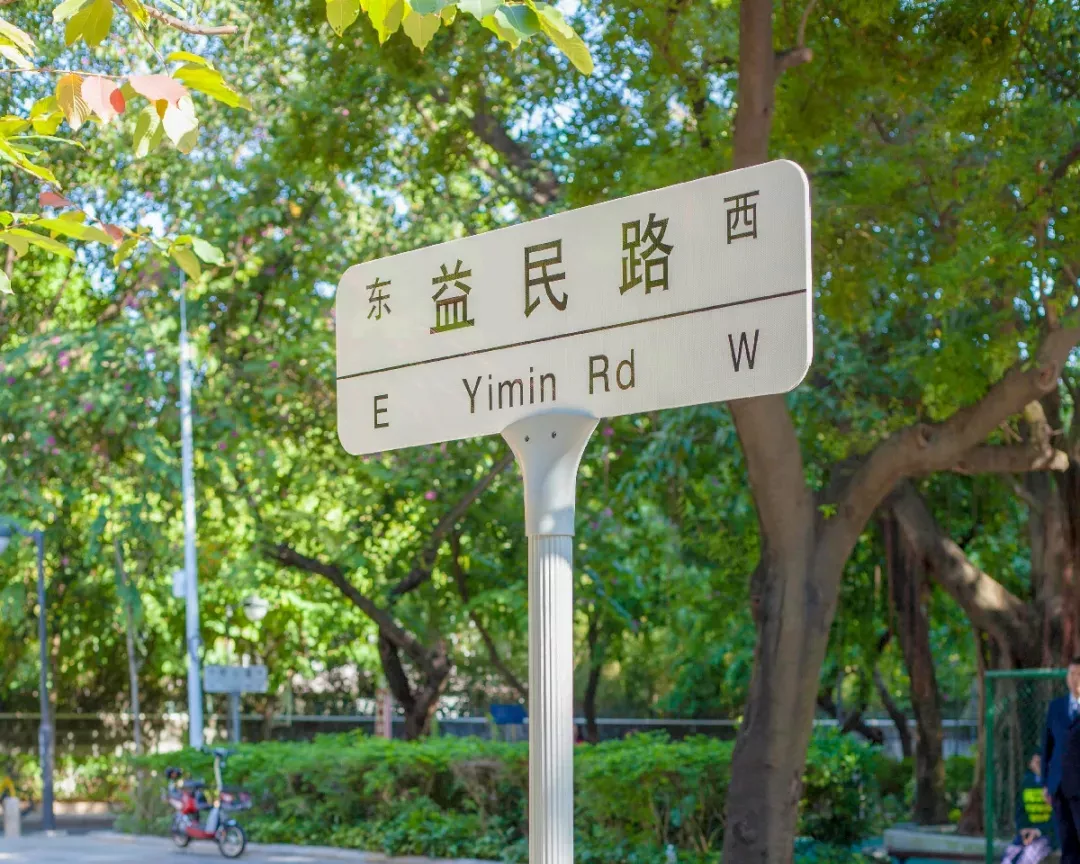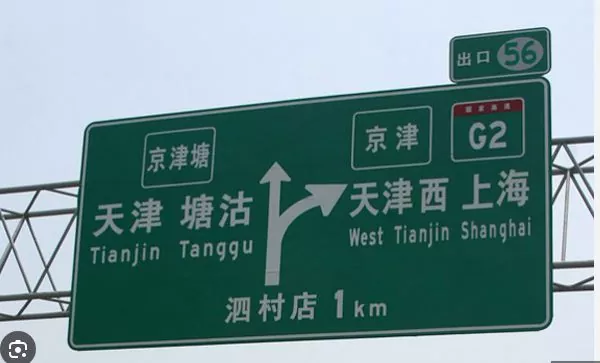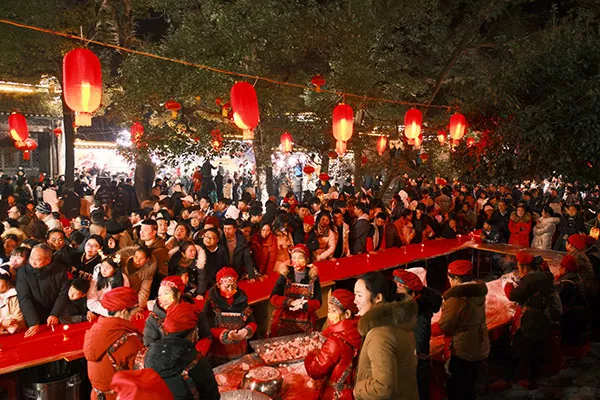
If you’ve traveled across China, you might have noticed something puzzling: the way city signs, street names, and public notices are translated into English (or not translated at all) varies widely from place to place. In some cities, you’ll see polished, native-like English translations, while in others, you’ll find awkward or nonsensical English, or even just pinyin (the Romanization of Chinese characters). Why is this the case? And what does this say about China’s evolution? Let’s dive into the reasons behind these differences and what they reveal about China’s changing identity.
navigatechina.com
1. The Basics: Why Are Translations So Inconsistent?
China’s approach to translating signs has never been uniform. This inconsistency stems from several factors:
-
Historical Context:
China’s opening up to the world began in the late 1970s, and the process of modernizing its cities has been gradual. Different cities adopted different strategies for translation based on their level of international exposure and resources. -
Local Autonomy:
In China, local governments have significant control over urban planning and signage. This means that translation standards can vary widely depending on the priorities and budgets of each city. -
Language Challenges:
Translating Chinese into English is inherently difficult. Chinese is a tonal, character-based language with many homophones and cultural nuances that don’t always translate well.
2. The Evolution of Sign Translations
The way Chinese cities handle translations has evolved over time, reflecting broader changes in China’s relationship with the world. Here’s a timeline of this evolution:
Phase 1: The Early Days of Pinyin (1950s–1980s)
- Why Pinyin?
In the early days of modern China, pinyin was introduced as a way to standardize the Romanization of Chinese characters. It was primarily intended to help Chinese people learn Mandarin, not to assist foreigners. - Signage Style:
Many cities used pinyin exclusively for street signs, as English proficiency was low and international tourism was virtually nonexistent.
Phase 2: The Rise of English (1990s–2000s)
- Why English?
As China opened up to the world and international tourism and business grew, cities began adding English translations to signs to accommodate foreigners. - Signage Style:
Major cities like Beijing, Shanghai, and Guangzhou led the way with English translations, often prioritizing functionality over linguistic accuracy.
Phase 3: The Push for Standardization (2010s–Present)
- Why Standardization?
With China’s rapid urbanization and growing global influence, there’s been a push to standardize translations, especially in preparation for major international events like the 2008 Beijing Olympics and the 2022 Winter Olympics. - Signage Style:
Some cities have switched back to pinyin for consistency, while others have improved their English translations to make them more native-like.
3. Why Do Some Cities Use Pinyin While Others Use English?
The choice between pinyin and English often depends on the city’s priorities and its level of international engagement:
-
Pinyin for Consistency:
Some cities, especially smaller ones, use pinyin because it’s easier to standardize and doesn’t require translation expertise. For example, “王府井” (Wángfǔjǐng) is easier to write than “Wangfujing Shopping Street.” -
English for International Appeal:
Major cities with large expat communities or high tourist traffic, like Shanghai and Shenzhen, prioritize English translations to make navigation easier for foreigners. -
Mixed Approaches:
Some cities use a combination of pinyin and English, depending on the context. For example, street names might be in pinyin, while tourist attractions have English descriptions.
4. Why Are Some English Translations So Awkward?
If you’ve seen signs like “Slip Carefully” (小心地滑, Xiǎoxīn dì huá – “Caution: Slippery Floor”) or “Deformed Man Toilet” (残疾人厕所, Cánjí rén cèsuǒ – “Disabled Toilet”), you’re not alone. These awkward translations happen for several reasons:
-
Literal Translations:
Chinese translators often rely on word-for-word translations, which can lead to nonsensical or humorous results in English. -
Lack of Native English Speakers:
Many translations are done by Chinese translators who may not have a strong grasp of English idioms or cultural nuances. -
Budget Constraints:
Smaller cities or less touristy areas may not have the resources to hire professional translators or consult native English speakers.
5. What Does This Evolution Reveal About China?
The changing approach to sign translations reflects China’s broader transformation over the past few decades:
-
From Isolation to Globalization:
The shift from pinyin to English (and sometimes back to pinyin) mirrors China’s journey from a closed, inward-looking society to a global superpower. -
Balancing Tradition and Modernity:
The use of pinyin reflects a desire to preserve Chinese culture and language, while the adoption of English shows a willingness to engage with the world. -
Growing Confidence:
As China’s global influence grows, there’s less pressure to cater to foreign expectations. This is why some cities are reverting to pinyin or focusing on improving translations for clarity rather than trying to sound “native.”
6. Tips for Navigating China’s Signage
-
Learn Basic Pinyin:
Knowing how to read pinyin will help you pronounce place names and ask for directions more effectively. -
Use Translation Apps:
Apps like Google Translate or Pleco can help you decipher signs and communicate with locals. -
Look for Visual Cues:
Many signs use universal symbols (e.g., arrows, restroom icons) that are easy to understand even without translation. -
Ask Locals:
Younger Chinese, especially in urban areas, are often eager to help and may have some English proficiency.
Conclusion: A Window into China’s Transformation
The way Chinese cities handle translations—whether through pinyin, awkward English, or polished native-like text—offers a fascinating glimpse into China’s evolving identity. From its early days of isolation to its current status as a global powerhouse, China’s approach to language reflects its struggle to balance tradition and modernity, local culture and global engagement.
As a foreigner, navigating these differences can be challenging, but it’s also an opportunity to better understand China’s unique journey. So the next time you see a sign that says “Slip Carefully,” don’t just laugh—remember that it’s part of a much larger story about a country finding its place in the world.
Happy travels! 一路顺风!(Yīlù shùnfēng!)












